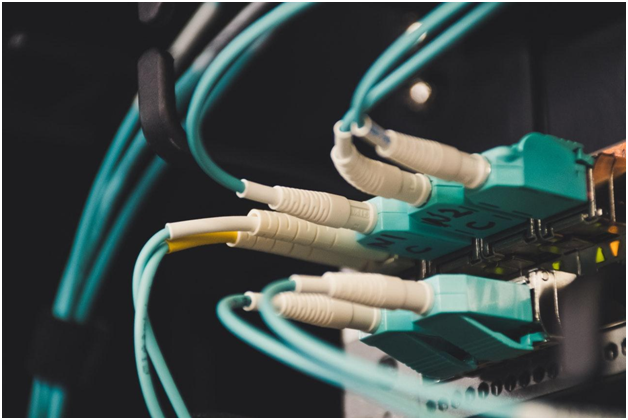What is common among Coca-cola and Netflix?
They both follow a serverless architecture. It helps organizations to outsource server management and handle millions of user requests.
Microservices are independent segments of an application. They combine to create system architecture. They act independently and yet provide a mixed response. When a user requests for data or function to system, microservices develop a suite of responses.
Serverless microservices have gained an evaluation of $3.20 billion in 2017. The market is growing faster and will reach $14.93 billion by 2023. It will grow at a compound annual growth rate of 28.6% during the forecast period of 2018-2023.
So, let us understand how you can take your software serverless?
Organizational Structure:
If you want to build software that has smaller components which are not interdependent. These components can be deployed independently for scaling up software development. You can even automate these components and make them quicker in response.
All of which needs a sound organizational structure. Building such software architecture requires autonomous teams. Proper organizational structures can achieve these teams.
Service Boundaries:
You need to identify your service boundaries and then migrate the software. Start with non-essential business processes. But, to start the migration, you need to know about the business process. You should first categorize the services in the following ways.
- Autonomous services
- Services with clear boundaries
- Authoritative sources of data
- Loosely-coupled services that have a standard schema
Once you identify the service boundaries, you can start with the migration of features in smaller parts. You can use several serverless technologies like Amazon API gateways, DynamoDB, and even AWS Lambda.
Codebase:
In your conventional architecture, source codes are stored in one repository. This method can be enhanced through the usage of hosting to multiple services from the same pool. But, scaling up of services becomes difficult with the overloading of the single pool from millions of user requests.
So, how can we maximize the monorepo method of the codebase? The migration of your microservices from the conventional to serverless should be segmented. You can put each microservice into a single repository. Making this repository shared will make coded reusability more effective.
Deployment Framework:
There are several serverless platforms like AWS Lambda, that make deployment look easy. You need to create a suite of code, upload the suite to S3, and deploy it by cloud formation. Other essential resources to consider are
➔ IAM permissions
➔ API Gateways
➔ Kinesis streams
Deployment frameworks make these resources accessible. A serverless framework becomes an excellent choice for it. There are open-sourced plugins that help in catering to more advanced functions. You can even create your customized plugins. The deployment framework should be uniform across teams to ensure rapid migration.
Conclusion:
During the migration, it may seem a good idea to redesign APIs and even change database preferences. But, this move can always add more risk and consume more time. The best way for software development is by choosing the right framework for migration. Keeping the migration process simple and easy to execute.




Comments
0 comments